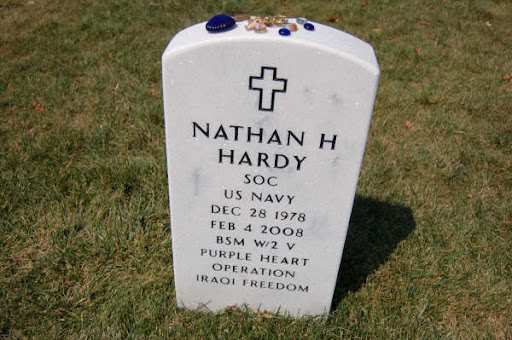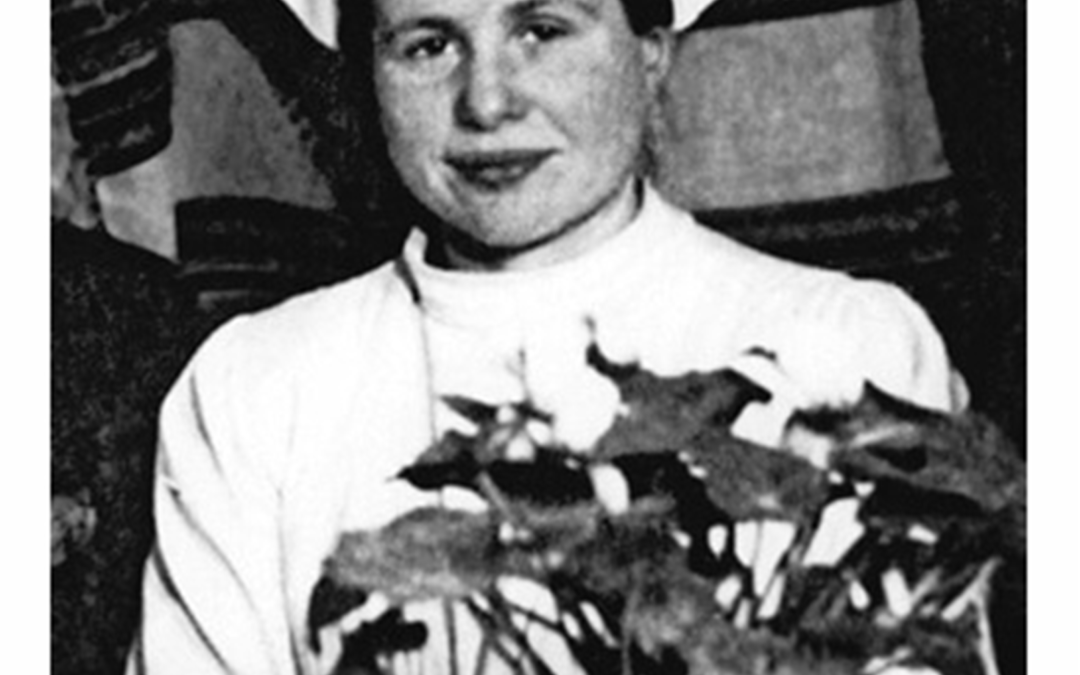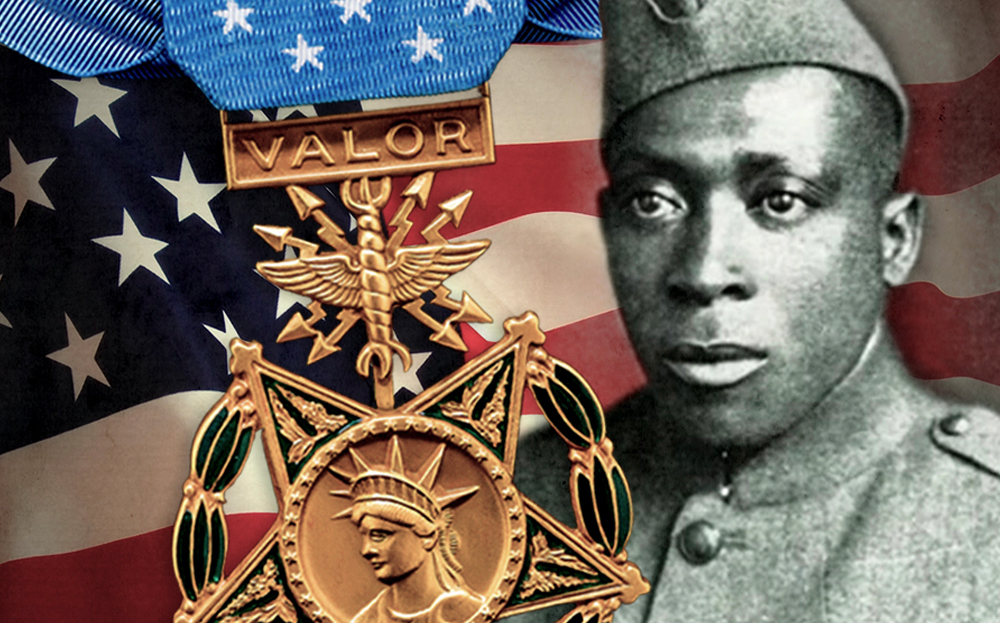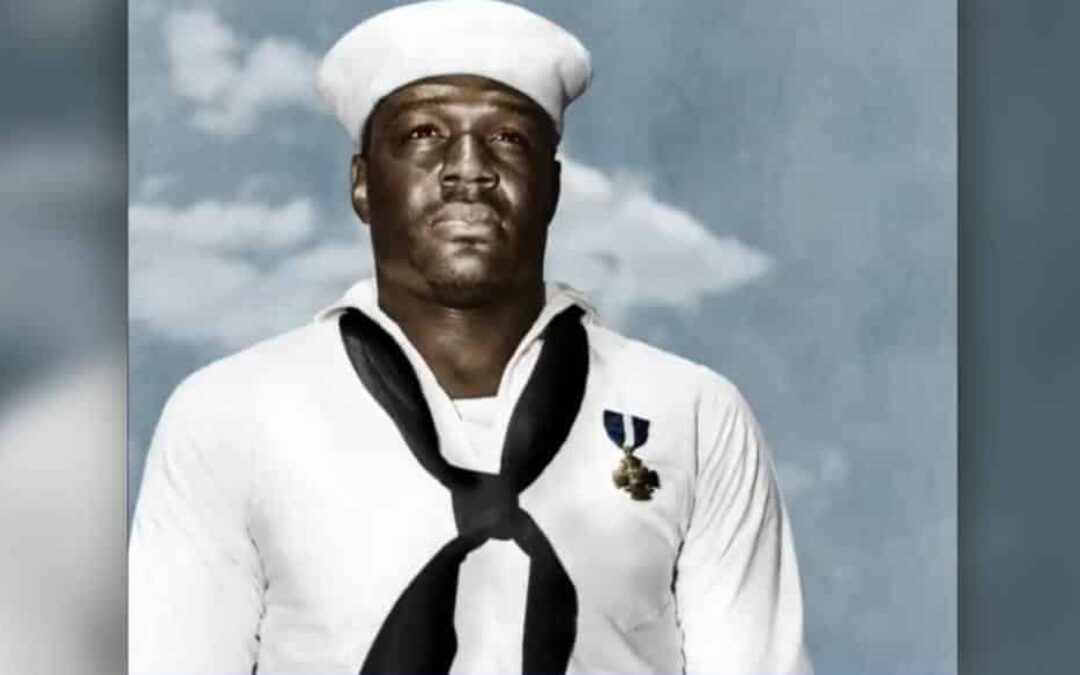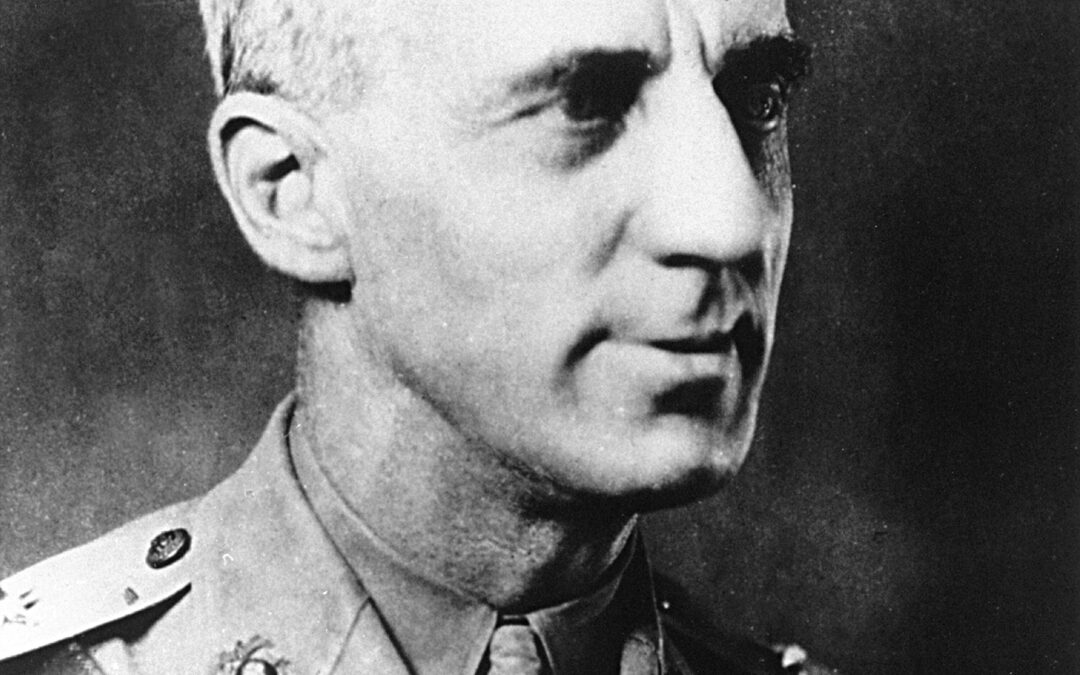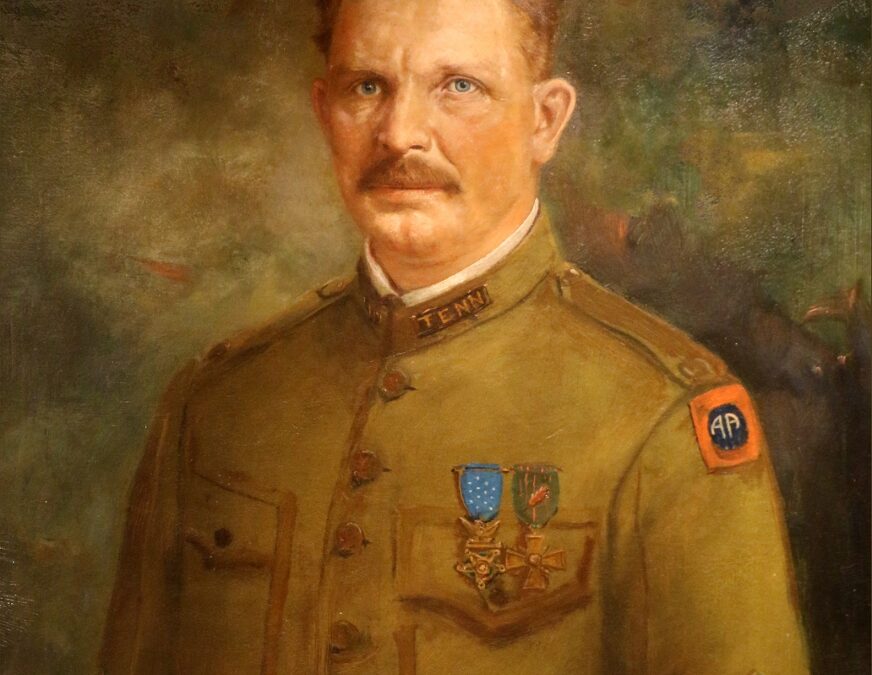Friday morning February 2, 2008 was cold in Baghdad but since Friday is a big shopping day, shoppers crowded the markets throughout the city. At one of Baghdad's most popular gathering places, the al-Ghazl animal market, hundreds of closely packed shoppers moved from stall to stall when suddenly and without warning, a huge explosion shattered the silence, killing dozens of Iraq's. Twenty minutes later, another bomb ripped through an open air market in south eastern Baghdad. The two suicide bombers who carried out the attacks that ultimately killed 99 people were mentally challenged women with Down's syndrome. The unwitting pawns were apparently fooled into wearing explosive vests which were then detonated remotely by mobile phones as the women mingled with crowds, killing 46 people and injuring 100 in the al-Ghazl explosion. In the second bombing at the smaller bird market in south-eastern Baghdad, 27 people were killed and at least 67 wounded, many dying later. When it became...
